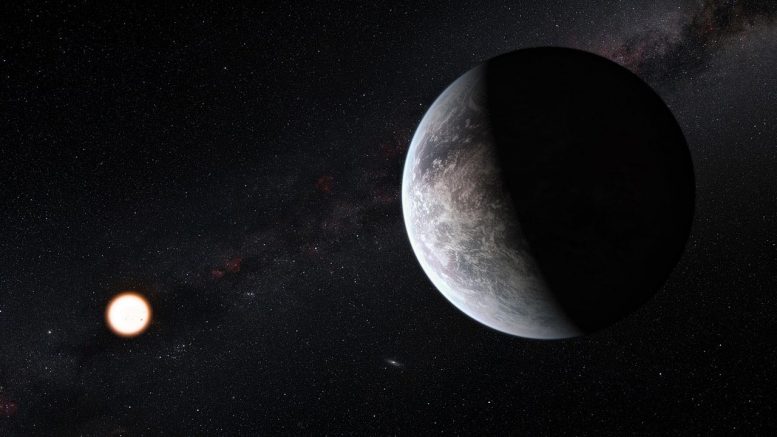
This artist’s impression shows the planet orbiting the Sun-like star HD 85512 in the southern constellation of Vela (The Sail). This planet is one of 16 super-Earths discovered by the HARPS instrument on the 3.6-meter telescope at ESO’s La Silla Observatory. This planet is about 3.6 times as massive as the Earth and lies at the edge of the habitable zone around the star, where liquid water, and perhaps even life, could potentially exist. Credit: ESO/M. Kornmesser
Study shows super-Earths are not leftovers of mini-Neptunes, challenging our understanding of planetary formation.
Mini-Neptunes and super-Earths up to four times the size of our own are the most common exoplanets orbiting stars beyond our solar system. Until now, super-Earths were thought to be the rocky cores of mini-Neptunes whose gassy atmospheres were blown away. In a new study published in The Astrophysical Journal, astronomers from McGill University show that some of these exoplanets never had gaseous atmospheres to begin with, shedding new light on their mysterious origins.
From observations, we know about 30 to 50 percent of host stars have super-Earths or mini-Neptunes, and the two populations appear in about equal proportion. But where did they come from?
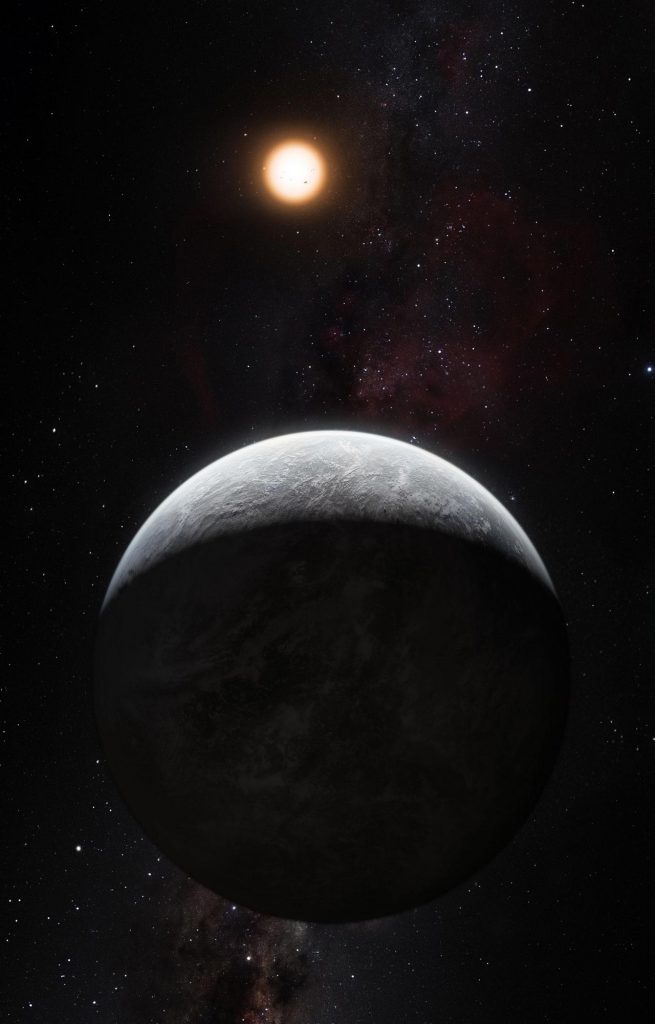
This artist’s impression shows the planet orbiting the Sun-like star HD 85512 in the southern constellation of Vela (The Sail). This planet is one of 16 super-Earths discovered by the HARPS instrument on the 3.6-meter telescope at ESO’s La Silla Observatory. This planet is about 3.6 times as massive as the Earth and lies at the edge of the habitable zone around the star, where liquid water, and perhaps even life, could potentially exist. Credit: ESO/M. Kornmesser
One theory is that most exoplanets are born as mini-Neptunes but some are stripped of their gas shells by radiation from host stars, leaving behind only a dense, rocky core. This theory predicts that our Galaxy has very few Earth-sized and smaller exoplanets known as Earths and mini-Earths. However, recent observations show this may not be the case.
To find out more, the astronomers used a simulation to track the evolution of these mysterious exoplanets. The model used thermodynamic calculations based on how massive their rocky cores are, how far they are from their host stars, and how hot the surrounding gas is.
“Contrary to previous theories, our study shows that some exoplanets can never build gaseous atmospheres to begin with,” says co-author Eve Lee, Assistant Professor in the Department of Physics at McGill University and the McGill Space Institute.
The findings suggest that not all super-Earths are remnants of mini-Neptunes. Rather, the exoplanets were formed by a single distribution of rocks, born in a spinning disk of gas and dust around host stars. “Some of the rocks grew gas shells, while others emerged and remained rocky super-Earths,” she says.
How mini-Neptunes and super-Earths are born
Planets are thought to form in a spinning disk of gas and dust around stars. Rocks larger than the moon have enough gravitational pull to attract surrounding gas to form a shell around its core. Over time this shell of gas cools down and shrinks, creating space for more surrounding gas to be pulled in, and causing the exoplanet to grow. Once the entire shell cools down to the same temperature as the surrounding nebular gas, the shell can no longer shrink and growth stops.
For smaller cores, this shell is tiny, so they remain rocky exoplanets. The distinction between super-Earths and mini-Neptunes comes about from the ability of these rocks to grow and retain gas shells.
“Our findings help explain the origin of the two populations of exoplanets, and perhaps their prevalence,” says Lee. “Using the theory proposed in the study, we could eventually decipher how common rocky exoplanets like Earths and mini-Earths may be.”
Reference: “Primordial Radius Gap and Potentially Broad Core Mass Distributions of Super-Earths and Sub-Neptunes” by Eve J. Lee and Nicholas J. Connors, 10 February 2021, The Astrophysical Journal.
DOI: 10.3847/1538-4357/abd6c7





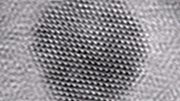
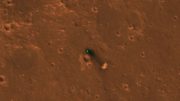

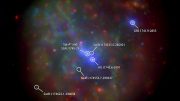
We have no evidence of planets being formed in dust and gas rings around stars. Absolutely none. When stars emerge from nebulae they are absolutely clean and clear of such rings. This is patentaly obvious from observations of star forming regions.
What is far more likely is that wandering asteroids accumulate mass as they pass through a nebulae, and, depending upon the density of the cloud and the duration of their encapsulation and resulting aglomeration, they will emerge either as rocky or gassy planets or they will become massive enough to trigger stellar ignition. It really is just a game of chance: The original mass of the asteroid, the nebulous elements present, their density and the among of time spent under nebular immersion.
Oncee formed, these new planets will eventually wander into the gravitational grip of a passing star. There they will collide with other planets or disrupt orbits, until eventually settling into a steady orbital pattern. The variety of the planets is dictated by the variety of elements, densities and time amidst the nebular soup from whence they came.
Planets can also be ejected like what happened to Venus. It has a horizontal rotation and in the book by Immanuel Vilakovsky “Worlds in Collision” oral history from many tribes witnessed its near pass close to earth every 50 years causing many catastrophic events. Saturn and Jupiter are proto stars actually so, even a planet can eject another planet 🙂
Sorry a plant can be ejected from a star. I get ahead of myself 💬 typing and thinking. Vilakovskis book is very interesting with many different accounts of Venus giving the poplulations problems. The Moses story can also be understood once you understand the gravitational pull it would cause lowering sea levels to the point someone could walk through the Red Sea. We misconstrue stories to fit religious narratives but that’s just the way it is now